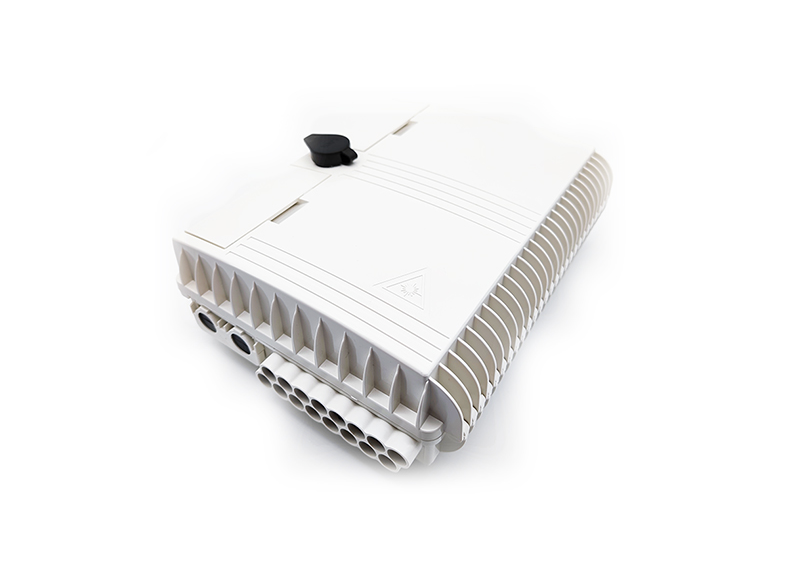Compared with the northern region, due to the complex geographical and climatic conditions in the south, there are also differences in the design of wind farms in the north and south. For example, heavy rainfall, strong thunderstorms, freezing disasters, and frequent geological disasters in the south will have a lot of influence on the design of wind farms, which are rarely seen in the design of wind farms in the north.
Today, let's talk about the differences in line design between north and south wind farms.
1. On-site survey
As a necessary part of route design, site reconnaissance directly affects the accuracy of the design. Compared with the north, which is mostly barren hills, the vegetation is relatively small, and the vegetation in the south is denser, which has caused great obstacles to the field survey work of the line. Because in the densely vegetated mountainous area, the GPS signal will be affected, which will directly affect the work efficiency; at the same time, the terrain in the southern mountainous area is relatively steep, which also has a direct impact on the site survey; The odds are also greater than in the north.

The above-mentioned situations undoubtedly increase the difficulty, time and workload of the field survey of the southern wind farm line.
2. Line electrical
1. Line method
Due to the frequent occurrence of freezing rain disasters in the south, and the vegetation in the south is denser than that in the north, the wind farm lines in the south use cables far more than in the north.
The main reason for this is that if an overhead line is used, ice will accumulate on the line when a freezing rain disaster occurs. When the ice accumulation reaches a certain level, the line tower cannot be loaded and eventually collapses. At the same time, due to the large number of forests in the south, the environmental impact assessment and water conservation departments have relatively high requirements for lines, so many lines in the south use cables.
Due to the different climatic conditions in the north, it is difficult for the line to have serious ice accumulation. Therefore, the overhead line is mostly used in the north. Only in the case of special terrain conditions, the cable method is partially or fully used.
2. Lightning protection grounding
Compared with the north, the rainfall in the south is larger, the thunderstorm days are more, and the surface water is shallow, so there are certain differences in the lightning protection and grounding of the line compared with the north.
In the insulation design of southern lines, if overhead lines are used, the number of insulators will be larger than that of northern lines, and the requirements for insulation distance will be larger. In strong thunderstorm areas, the design will actively reduce the protection angle of the ground wire.
The surface water in the south is shallow, and the soil moisture content will be relatively high, which has a certain impact on the corrosion of metal materials. In the selection of grounding materials, the requirements for corrosion resistance will be higher. In the north, the grounding material is generally hot-dip galvanized round steel. In the south, the thickness of the galvanized layer of the hot-dip galvanized round steel needs to be thickened, or other materials with better corrosion resistance are used, such as flexible graphite wire and other materials.
3. Ice melting switch
The ice melting switch is almost invisible in the north. In the southern region, the power grid will require the installation of a melting ice switch at the outlet of the wind farm transmission line for some areas with severe ice accumulation. Through the ice melting switch, the ice accumulation of the wire can be effectively controlled.
3. Line structure
The line structure part is mainly organized in accordance with the overhead line method. Considering the ice accretion and woodland conditions in the south, the line towers cannot use conventional modular towers like the northern regions. At this time, the modular tower needs to be reinforced and transformed, or a special tower type should be adopted. Due to the limitation of forest land in some areas, high-span towers may be used for spanning to meet relevant spanning specification requirements.
Whether it is the reinforcement of modular towers, the use of special tower types or the use of high-span tower spanning, it undoubtedly puts forward higher requirements for structural design and is more difficult. The direct reaction in the project is the increase in the amount of engineering, the increase in the amount of steel used, and the increase in the size of the foundation, which directly leads to an increase in line investment. Compared with the line design of the same scale in the north, it will be clearly reflected in the line structure engineering quantity.










